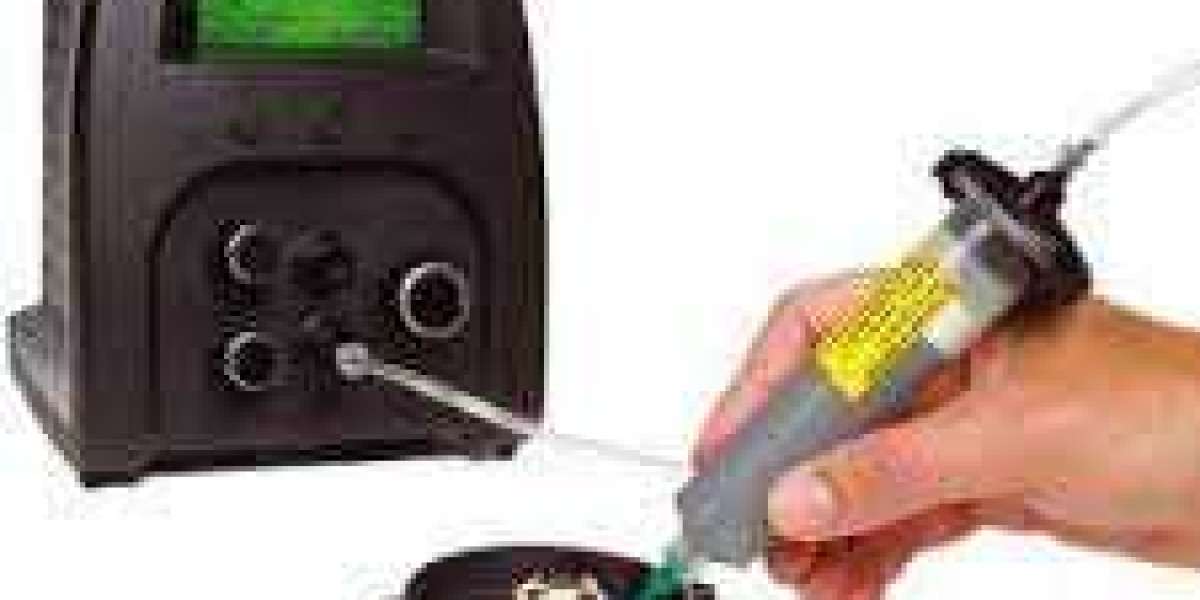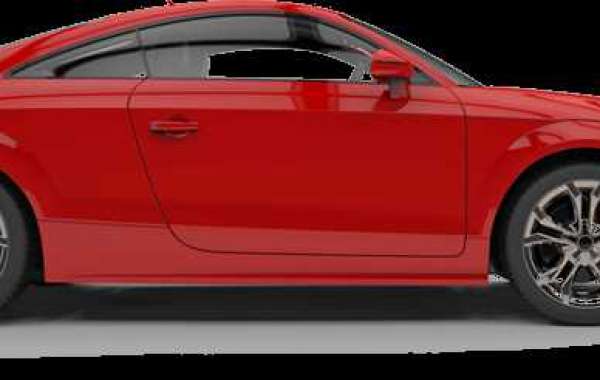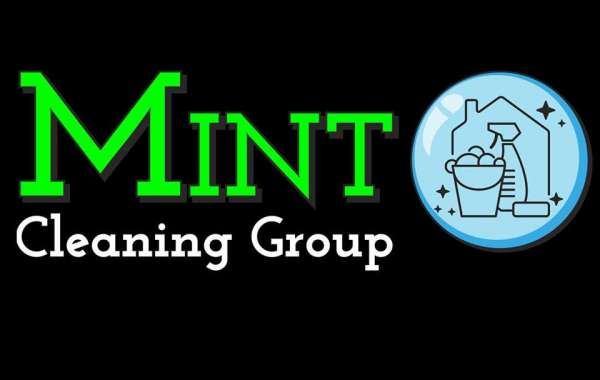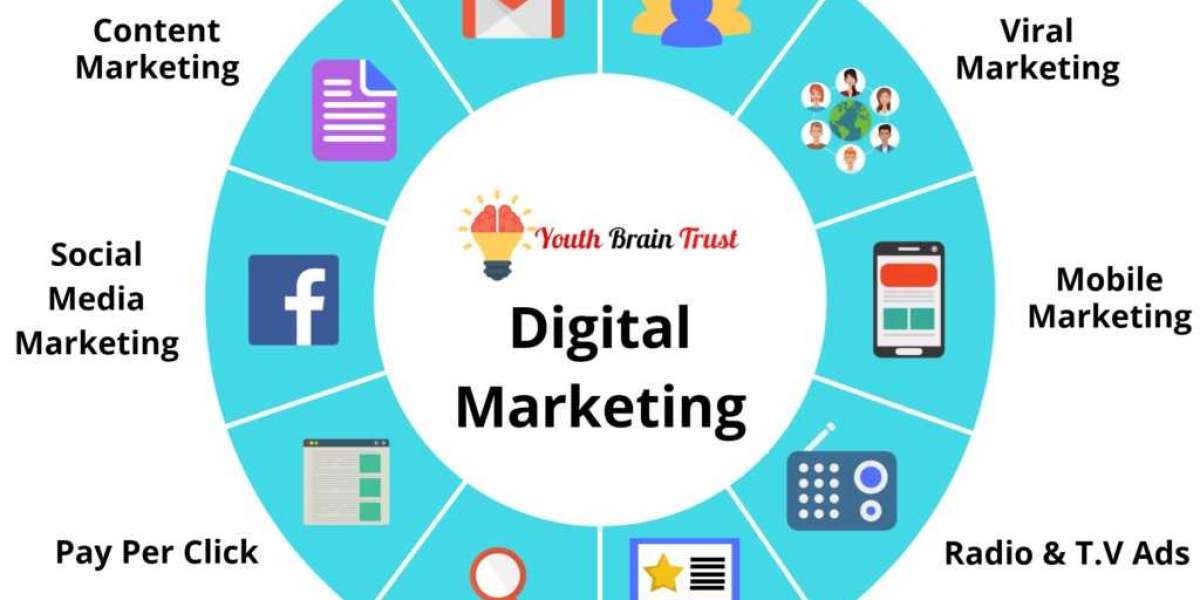Printed circuit boards (PCBs) are an essential part of electronic devices. They contain the electrical pathways that connect the components of the device, allowing it to function properly. However, PCBs can become dirty or contaminated over time, which can cause issues with the device's performance. PCB cleaning is the process of removing contaminants from the PCB to restore its functionality. In this article, we will discuss the importance of PCB cleaning and some of the methods used for cleaning.
Why is PCB cleaning important?
PCB Protection are often exposed to a range of contaminants during their lifetime, such as dust, oils, and other residues. These contaminants can accumulate on the surface of the board and create a layer of insulation between the components and the pathways, causing electrical issues such as short circuits, faulty connections, and even complete device failure.
Additionally, contaminants can corrode the metal pathways and other components of the board, leading to permanent damage that cannot be repaired. PCB cleaning is therefore an essential part of device maintenance, ensuring that the board remains free from contaminants and functioning properly.
Methods of PCB cleaning
There are several methods for cleaning PCBs, each with its own advantages and disadvantages. Some common methods include:
Solvent cleaning - Solvent cleaning involves using a solvent to dissolve and remove contaminants from the PCB. Solvents such as isopropyl alcohol or acetone are commonly used for this purpose. The PCB is typically submerged in the solvent, and then agitated to ensure that all contaminants are dissolved and removed. This method is effective for removing most types of contaminants, but may not be suitable for certain types of PCBs or components.
Ultrasonic cleaning - Ultrasonic cleaning uses high-frequency sound waves to agitate the solvent and remove contaminants from the PCB. The PCB is submerged in a solvent-filled tank, and then exposed to high-frequency sound waves that create small bubbles in the solvent. These bubbles then collapse, releasing energy that helps to dislodge and remove contaminants from the board. This method is effective for removing stubborn contaminants, but may not be suitable for certain types of PCBs or components.
Mechanical cleaning - Mechanical cleaning involves using brushes or other abrasive tools to physically remove contaminants from the PCB. This method is effective for removing heavy buildup of contaminants, but may be too harsh for delicate components or PCBs.
Plasma cleaning - Plasma cleaning uses an ionized gas to remove contaminants from the PCB. The PCB is placed in a vacuum chamber, and then exposed to the ionized gas. The gas reacts with the contaminants on the PCB, breaking them down into smaller particles that can be easily removed. This method is effective for removing a wide range of contaminants, but may require specialized equipment and expertise.
In conclusion, PCB Cleaners is an essential part of device maintenance, ensuring that the board remains free from contaminants and functioning properly. There are several methods for cleaning PCBs, each with its own advantages and disadvantages. When choosing a method for cleaning, it is important to consider the type of PCB and components being cleaned, as well as the type and severity of contaminants present. By choosing the right method for cleaning, you can help to extend the life of your electronic devices and ensure that they continue to function properly for years to come.








